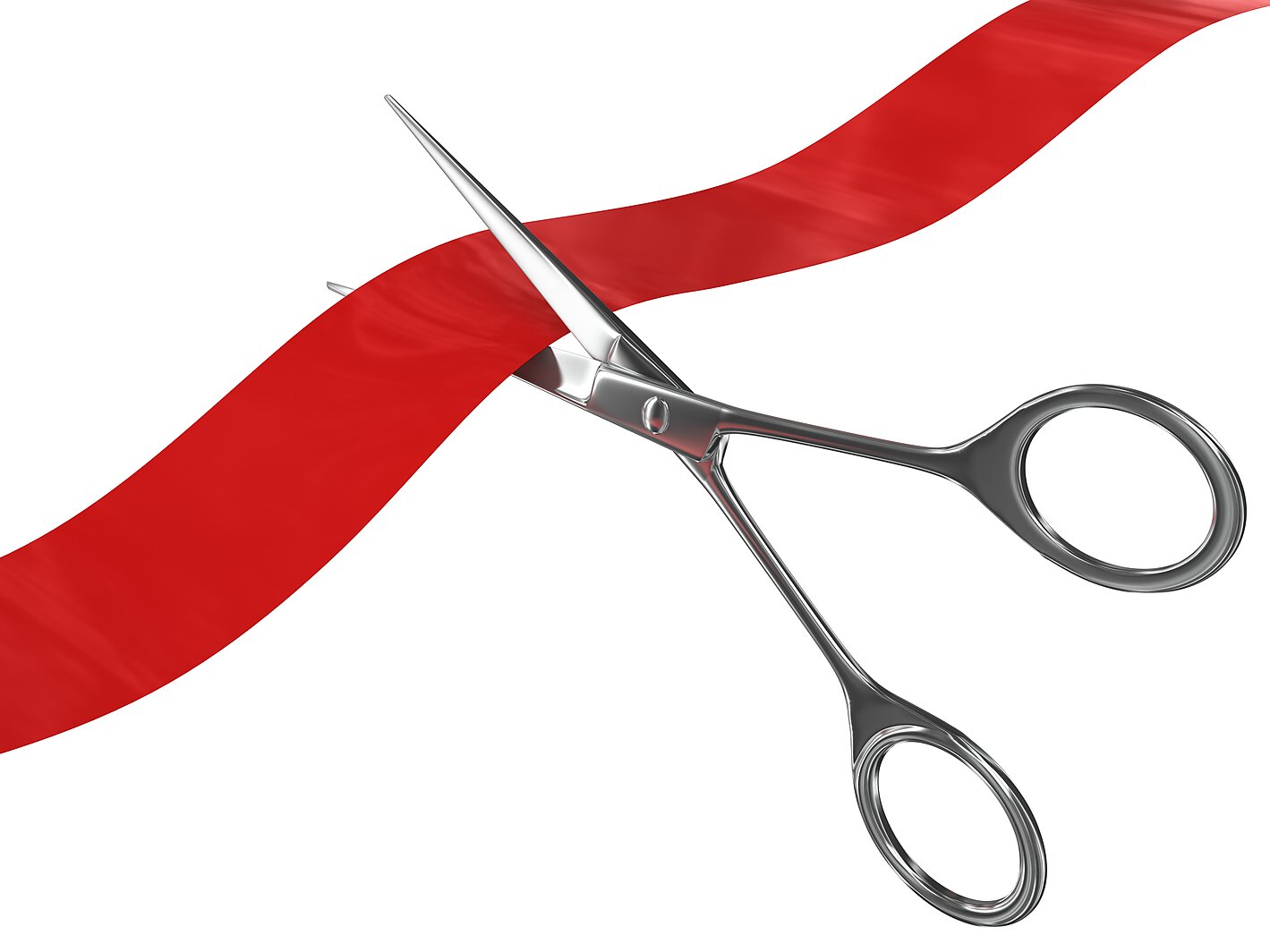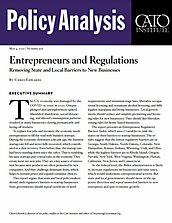To replace lost jobs and incomes, the economy needs entrepreneurs to fill the void with business startups. During the economic downturn a decade ago, the business startup rate fell and never fully recovered, which contributed to a slow recovery. Even before that, the startup rate had been trending down since the 1980s. That is troubling because startups play crucial roles in the economy. They create most net new jobs. They are a key source of innovation because new products are often pioneered by new companies. And they challenge dominant firms, which helps to restrain prices and expand consumer choices.
This report argues that state and local policymakers should slash regulatory barriers to startup businesses. State governments should repeal certificate of need requirements and minimum wage laws, liberalize occupational licensing and restaurant alcohol licensing, and fully legalize marijuana and hemp businesses. Local governments should reduce and simplify permitting and licensing rules for new businesses. They should also liberalize zoning rules for home-based businesses.
The report presents an Entrepreneur Regulatory Barriers Index, which uses 17 variables to rank the states on their barriers to startup businesses. The results suggest that the lowest regulatory barriers are in Georgia, South Dakota, North Dakota, Colorado, New Hampshire, Kansas, Indiana, Wyoming, Utah, and Ohio, while the highest barriers are in Rhode Island, Oregon, Nevada, New York, West Virginia, Washington, Hawaii, California, New Jersey, and Connecticut.
At the federal level, the Biden administration is likely to increase regulations on businesses and raise taxes, which would undermine entrepreneurial activity. But state and local governments should move in the opposite direction and repeal unneeded barriers to new enterprises and spur economic growth.



